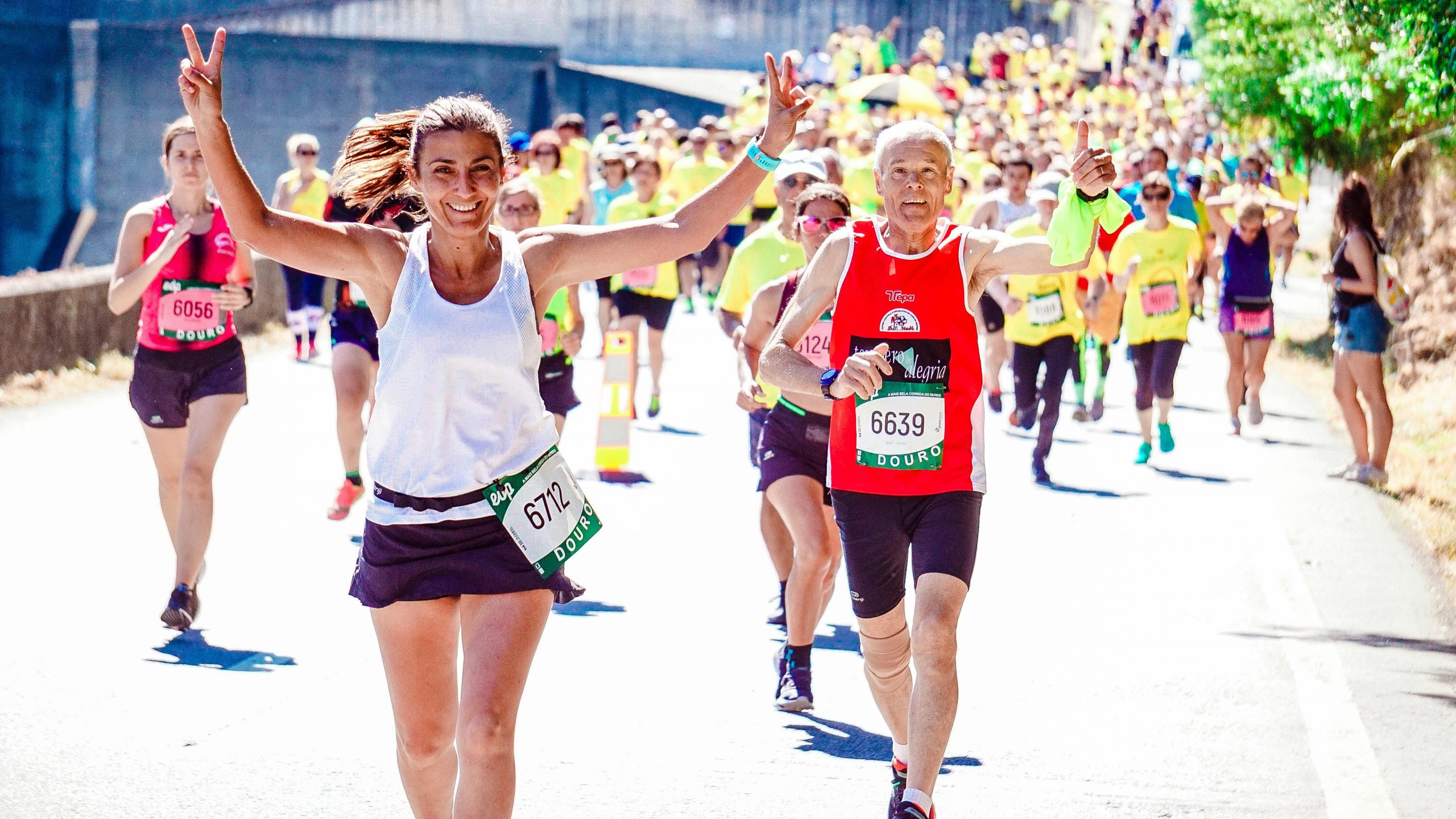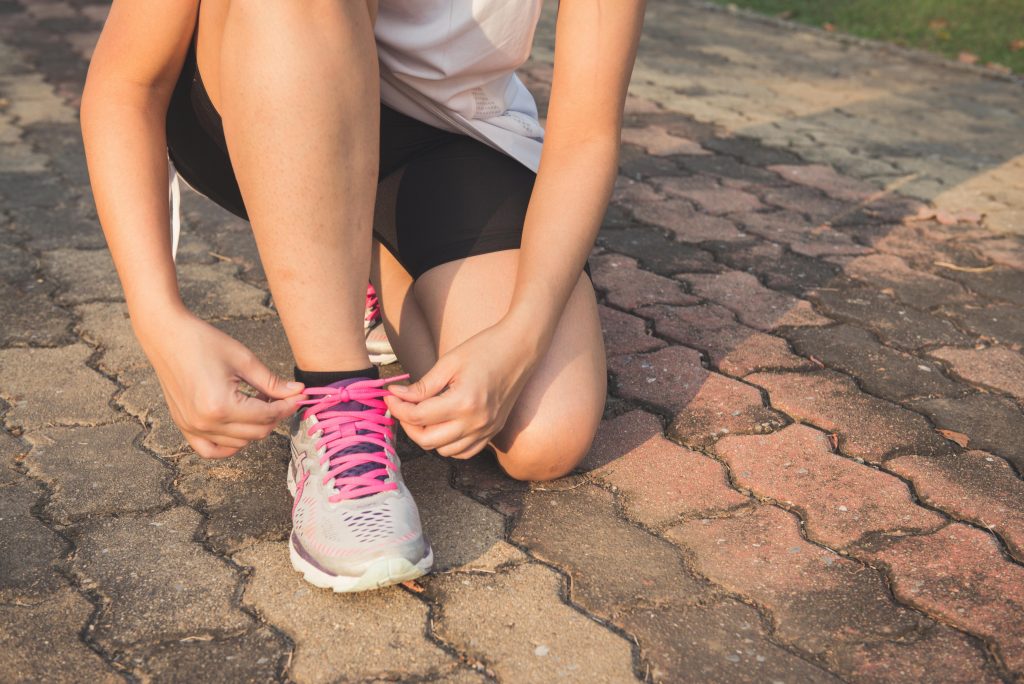- Regular exercise, including stretching and cardiovascular activities, maintains flexibility and mobility.
- Proper posture and ergonomic practices alleviate strain on muscles and joints, supporting range of motion.
- Hydration and chiropractic care aid in joint health and mobility for aging individuals.
- Functional movements like squats and lunges mimic daily activities, enhancing overall mobility.
- Prioritizing rest, including quality sleep and stress management, aids muscle recovery and reduces stiffness.
As people age, maintaining flexibility and range of motion becomes increasingly crucial for overall health and well-being. Reduced mobility can lead to discomfort, injury, and a decreased quality of life. Fortunately, there are proactive steps you can take to improve and preserve your range of motion as you grow older. This article will explore effective strategies to help you stay limber and mobile well into your golden years.
Stay Active with Regular Exercise
Regular physical activity is essential for maintaining flexibility and range of motion as you age. Here are some tips to incorporate exercise into your daily routine:
Engage in Stretching and Flexibility Exercises
Dedicate time each day to perform stretching and flexibility exercises. Focus on major muscle groups, such as the legs, arms, back, and shoulders. Yoga and Pilates are excellent practices that promote flexibility and balance, helping to counteract the stiffness that can accompany aging.
Include Cardiovascular Exercise

In addition to stretching, incorporate cardiovascular activities into your routine. Walking, swimming, cycling, and dancing are great options that promote circulation, lubricate the joints, and improve overall mobility. Aim for at least 150 minutes of moderate-intensity aerobic exercise per week, as recommended by health experts.
Maintain Proper Posture
Poor posture can contribute to reduced range of motion and muscle imbalances, especially as you age. By maintaining proper posture throughout the day, you can alleviate strain on your muscles and joints. Here’s how to improve your posture:
Practice Good Ergonomics
Whether you’re sitting at a desk or standing for extended periods, pay attention to your posture. Sit up straight with your shoulders back and your feet flat on the floor. Use ergonomic furniture and accessories to support your spine and reduce strain on your neck and back.
Strengthen Core Muscles
A strong core is essential for maintaining good posture and preventing back pain. Incorporate exercises that target the abdominal and lower back muscles, such as bridges, planks, and bird-dogs. You want to strengthen your core to improve stability and alignment, helping you maintain proper posture as you age.
Prioritize Joint Health and Mobility
As you age, your joints may become stiffer and less flexible. However, there are steps you can take to support joint health and maintain mobility:
Stay Hydrated

Proper hydration is essential for joint health, as it helps lubricate the joints and prevent stiffness. Drink plenty of water throughout the day to keep your joints supple and mobile. Limiting alcohol and caffeine intake can also help prevent dehydration, which can exacerbate joint discomfort.
Consider Chiropractic Care
Regular visits to the chiropractor can help improve joint mobility and alleviate stiffness. A qualified chiropractor can perform adjustments to realign the spine and reduce pressure on the joints, allowing for a better range of motion. When seeking chiropractic care, be sure to choose the best chiropractor in your area who has experience working with older adults.
Incorporate Functional Movements into Your Routine
Functional movements mimic activities of daily living and help improve overall mobility and range of motion. By incorporating these movements into your exercise routine, you can better prepare your body for the demands of everyday life. Here are some functional exercises to try:
Squats
Squats strengthen the muscles of the lower body and improve hip mobility. Start with bodyweight squats and gradually add resistance as you become stronger. Focus on maintaining proper form and range of motion throughout the movement.
Lunges
Lunges target the muscles of the legs and hips while also improving balance and coordination. Perform forward, reverse, and lateral lunges to target different muscle groups and movement patterns. Use proper alignment and control to prevent injury and maximize effectiveness.
Prioritize Recovery and Rest
Finally, don’t underestimate the importance of rest and recovery in maintaining optimal range of motion as you age. Adequate rest allows your muscles and joints to recover from exercise and everyday activities, reducing the risk of injury and stiffness. Here are some tips for prioritizing recovery:
Get Plenty of Sleep
Quality sleep is essential for muscle repair and recovery. Aim to get around 8 hours of sleep per night to support overall health and well-being. Create a relaxing bedtime routine and establish a comfortable sleep environment to promote good sleep.
Practice Stress Management Techniques
Chronic stress can contribute to muscle tension and stiffness, impacting your range of motion. Incorporate stress management techniques such as deep breathing, meditation, and mindfulness into your daily routine to promote relaxation and reduce tension.
Maintaining flexibility and range of motion is key to enjoying an active and independent lifestyle as you age. By incorporating regular exercise, maintaining proper posture, prioritizing joint health, incorporating functional movements, and prioritizing rest and recovery, you can improve your mobility and quality of life. Remember to consult with a healthcare professional to develop a personalized plan that meets your needs and goals. With dedication and consistency, you can stay limber and mobile well into your golden years.
